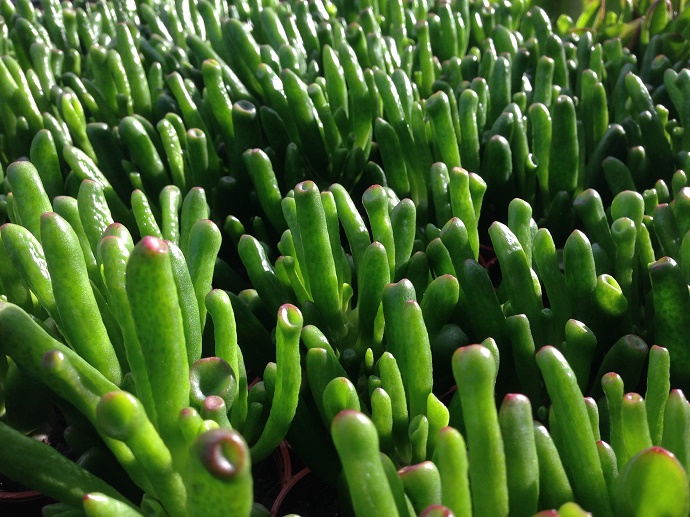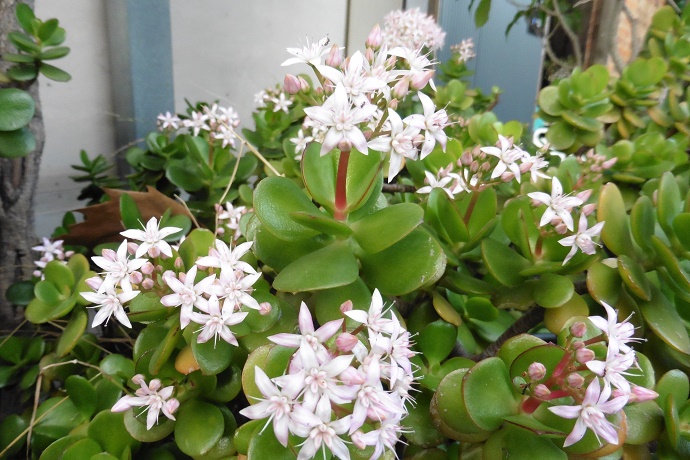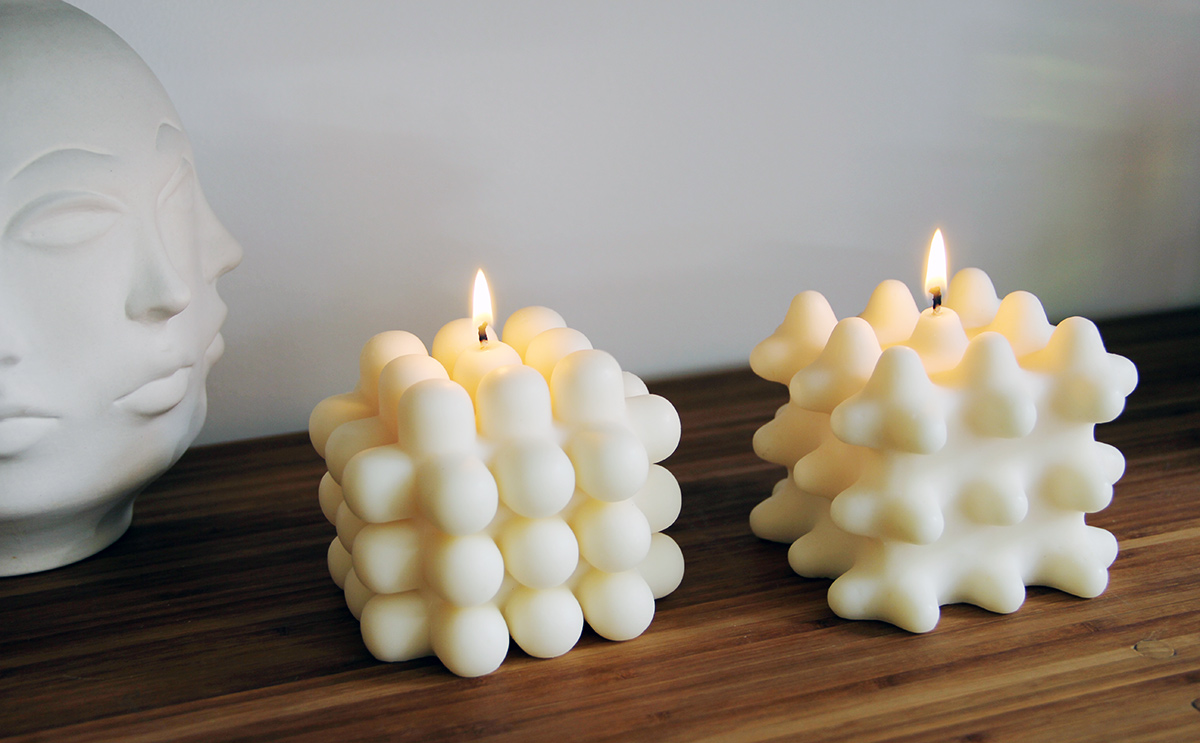Plants are known to provide clean air, food, shelter and many other benefits to humans. But some of them are also believed to bring prosperity and good luck, like the crassula money plant. Many people believe that the name money plant origins from a story where a poor man prayed for money, found a crassula plant, took it home as an omen and made a fortune from selling plants that he grew from its seeds. Others say that its name comes from the fact that this plant’s leaves resemble coins.
Feng Shui and the Money Plant
In Feng Shui, the crassula money plant is considered one of the best plants to purify the air that’s polluted by synthetic chemicals from cleaning solutions and furniture. Experts in Feng Shui say that it energises the home by filtering air and increasing oxygen inflow.
Good Luck Charm
In Asia, placing a crassula money plant near the entrance of a shop or a restaurant is a long-standing tradition which is believed to bring prosperity and success for the business. Therefore, this plant is considered a precious gift. Also, during their New Year celebrations, many Chinese people set the plant on top of their stock and investment certificates, hoping their value will increase in the coming year.
Medicinal Properties
While the crassula money plant is not a commonly cited source for home remedies, it does have some medicinal uses. In Africa, it is used to treat epilepsy, diarrhoea, corns, and to purge the intestines. In China, the plant is used to treat diabetic symptoms. In other parts of the world, it is used as a treatment for nausea. However, before using it for any medicinal purposes, make sure to consult with your physician first.

Care Instructions
Native to South Africa and Mozambique, the crassula money plant is one of the most popular houseplants grown worldwide. Its wide range of forms and colours, glossy leaves, and the fact that it is so easy to take care of is what delights homeowners. It should be watered about once a week. Ideally, the soil shouldn’t be wet all the time as too much water can make it rotten. For the soil, use the same type required for other succulents, which consists of 40% sand, 20% humus, 20% of the houseplant compost, and the rest can be broken bricks and gravel. Although the plant does not require a large pot, if you plant it in a bigger pot and enrich the soil with fertilizers, it will reward you with a faster growth.




